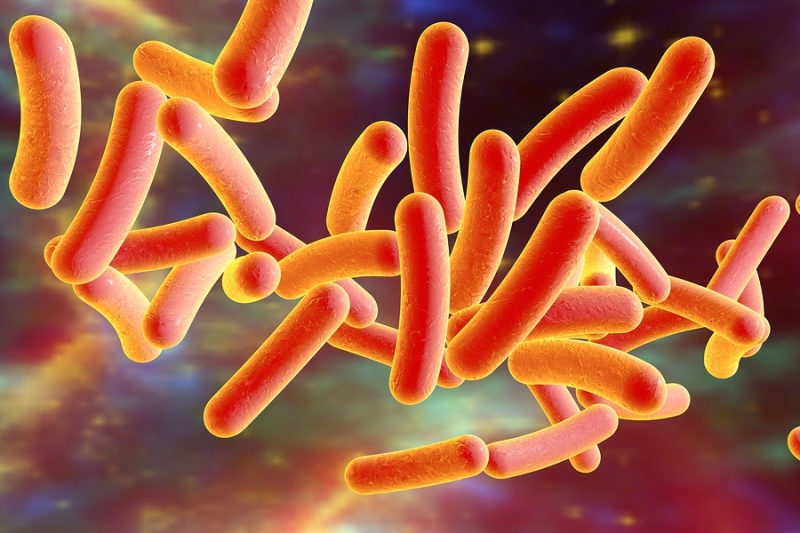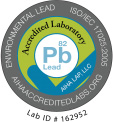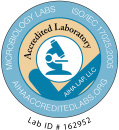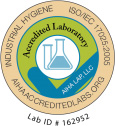Before discussing Legionella analysis, let’s take a brief look at and understand Legionella.
What is Legionella?
 Legionella is a pathogenic group of bacteria that is rod-shaped and gram-negative. It causes legionellosis; a group of deadly illnesses consisting primarily of Legionnaire’s Disease which is a more lethal form of pneumonia and other minor diseases like Lochgoilhead fever and Pontiac fever. Pontiac fever is a mild influenza-like illness, whereas Lochgoilhead fever is a mild form of lung infection.
Legionella is a pathogenic group of bacteria that is rod-shaped and gram-negative. It causes legionellosis; a group of deadly illnesses consisting primarily of Legionnaire’s Disease which is a more lethal form of pneumonia and other minor diseases like Lochgoilhead fever and Pontiac fever. Pontiac fever is a mild influenza-like illness, whereas Lochgoilhead fever is a mild form of lung infection.
Sources of Legionella
The bacterium Legionella is present in natural sources of water like ponds and rivers. However, most people don’t catch the bacteria from these sources as the conditions aren’t right. The bacteria actually grows in man-made water systems like swimming pools, cooling towers, ice-making machines, hot springs, whirlpool spas, industrial coolants, soil, washer fluids, fountains, dental equipment, showers, cooling cabinets, condensers, and domestic water systems. The bacteria can also travel through the air, covering a distance of up to 6 kilometers.
Who is at Risk?
Generally speaking, Legionella is not potentially fatal in healthy young people, but it can pose a serious threat toindividuals with weak immune systems and the elderly. The following types of people are at a higher risk from the bacteria:
- People over 45 years old
- Heavy drinkers and smokers
- People with low immunity
- Diabetic individuals or individuals suffering from lung or heart disease
- People suffering from kidney or respiratory issues
How does it Form and how is it Caught?
The Legionella bacteria can be inhaled from airborne droplets water from cooling towers or fountains. Here’s how it is formed and contracted:
- The bacterium thrives in water systems with temperatures ranging from 20 to 45 degrees centigrade.
- Water droplets can form and disperse from water outlets and cooling towers.
- Circulating and storing water for a long period of time.
- Legionella can form on biofilms, organic matter, sludge, rust, and scale.
How’s it Sampled?
Legionella is sampled by recovering it from its source. It is mainly done by either swab sampling where it is collected from sludge, slime or biofilms or it is done by water sampling where aerosols are formed.
When the bacterium is sampled, gloves, safety goggles, and particulate respirators are used. The sample is then collected in sterile, air-tight, and preserved bottles. Water from both potable (drinking) and non-potable (non-drinking) sources is collected.
The Analysis
There are three main types of analytical methods for Legionella:
- Culture-based Method: Used worldwide, this quantitative method uses a culture on different types of media; potable water centrifuged or filtered for concentration, while non-potable water is pretreated with heat or an acid to eliminate non-Legionella bacteria. The sample is incubated at 35 to 37 degrees centigrade and the species and serotype are identified after 10 days.
- Direct Fluorescence Antibody: In this method, anti-bodies are directed on the Legionella bacterium using a fluorescent dye. It cannot be used on environmental samples though.
- Polymerase Chain Reaction: It is a qualitative test only; it determines the DNA and RNA, both viable and non-viable, within the Legionella cells.
Since Legionella analysis is a technical process and specific equipment is needed for it, it is best to be left to the professionals. SanAir Technologies Laboratory conducts sampling and testing of all hazardous materials present in your environment. Call them at 804-897-1177 or visit www.sanair.com for further details.












